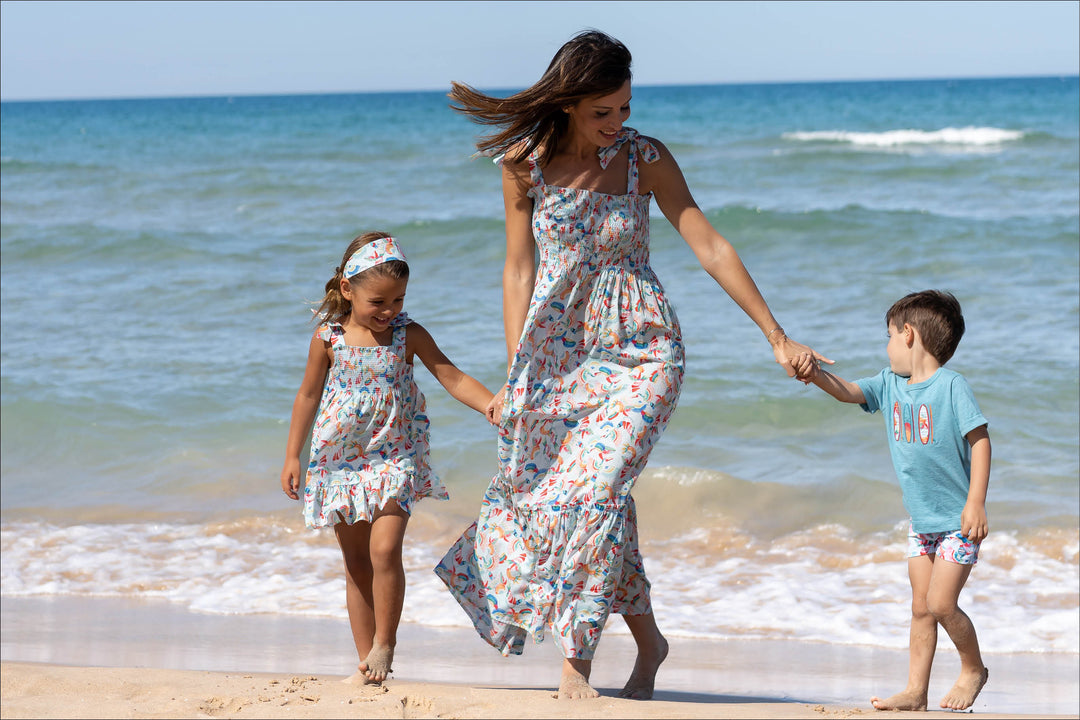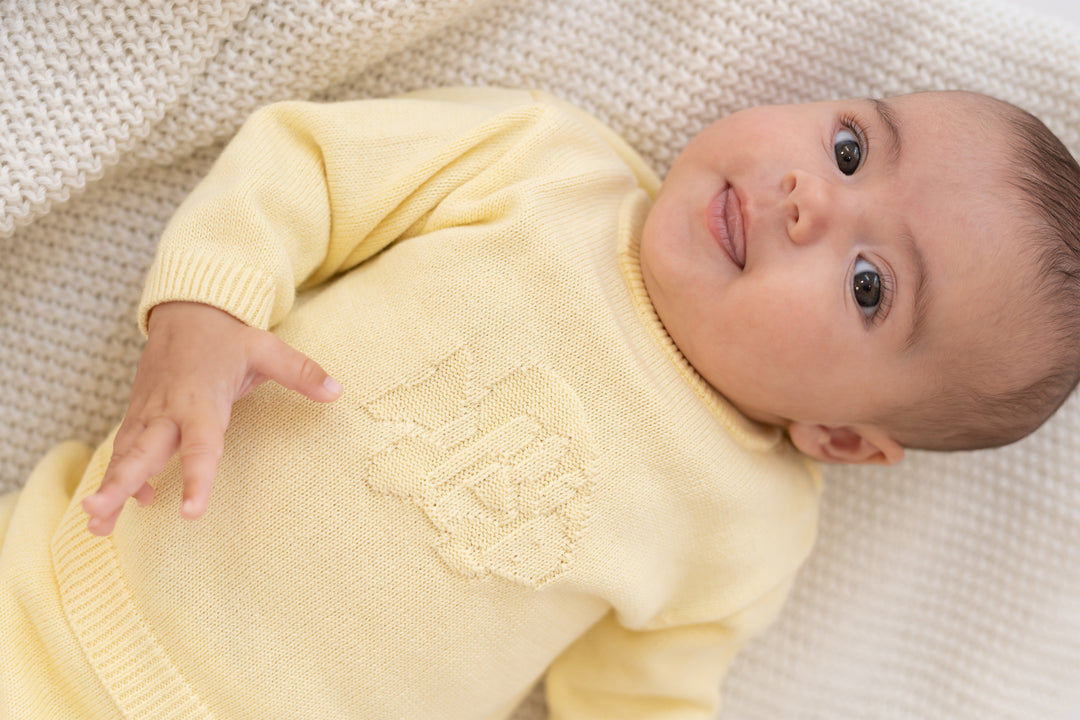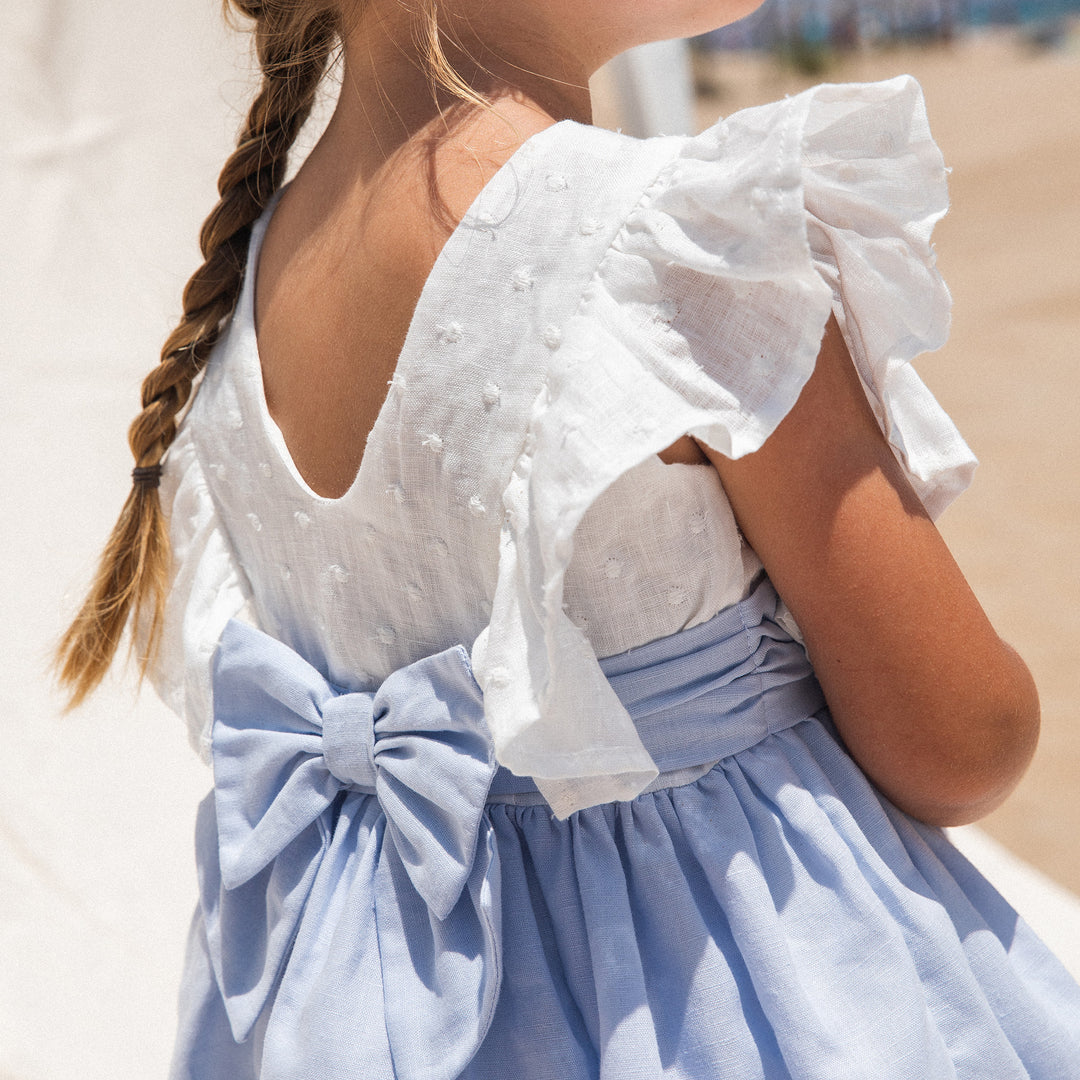How to change a newborn baby's clothes
Changing a newborn's clothes is always a challenge the first few times it is done, but it simply requires planning, care and care.
As with any skill, at first it seems complicated but, with practice, it ends up being a very comfortable task that requires little effort.
One of the keys is that both the person changing it and the baby itself feel comfortable and relaxed, so proper preparation of the space and harmony between both will facilitate the change.
In this article we review the step-by-step process of changing clothes for a newborn with some tips to ensure that it is done effectively and safely, and that both the baby and the person changing him or her enjoy this special moment of intimacy.
Preparing to change clothes for a newborn baby
Before you start changing the baby's clothes, it is important prepare the area appropriately to ensure a safe and comfortable environment, with everything necessary at hand.
At home it is easy to always have the changing table ready, while if you are away this step will require more preparation. Always carry everything you need with you in a bag where it is easy to access products such as diapers, wipes and clothes.
Choose the right clothes for your baby
When changing clothes for a newborn baby, the right clothes can make the task considerably easier. Choose clothes that are soft, comfortable, and easy to put on and take off., such as bodysuits, rompers and t-shirts with hooks.
The fabrics of baby clothes must be respectful of their delicate skin, such as cotton, and the warm layers must adjust to their needs and the weather. The ideal is that, in case it is cold, you incorporate different layers to be able to put on and take off clothes according to changes in temperature or outdoors or indoors.
When it comes to style, Choose appropriate designs and clothing according to the activities planned for the day: comfortable and adorable clothes to be at home, special clothes for events or fun outfits for taking a walk.
Undress the baby carefully
Lay the baby face up on the surface where you will be changing him. Before you start changing clothes, Gently undo the buttons or closures of the garment the baby is wearing and remove it, ensuring their comfort at all times.
Hold his head gently, unbutton the clothes and remove them, avoiding sudden movements.
Changing your baby's diaper and cleaning
Change the diaper and check the baby's skin, paying special attention to the folds and most delicate parts. Clean it with wet wipes and dry well to avoid irritation.
Dress up the newborn baby
Once the baby is clean and dry, Put the clean clothing items on one by one, passing the arms and legs carefully and securing with the closures below..
Make sure the clothing fits snugly but not too tight and that there are no wrinkles that could be uncomfortable.
Again, for your comfort and safety, Hold your head firmly but gently at all times, especially when putting on the top of your clothes..
This gesture is the one that can be most complicated in the first changes, since it requires the use of one hand and only leaves one hand free to place the clothes, but with practice it ends up being very simple.
Take advantage of the moment to strengthen ties
Throughout the process of changing clothes, take the opportunity to interact with the baby, speak softly and convey peace of mind with gestures and caresses.
Take advantage of this moment of intimacy to strengthen the emotional bond between you.
Collect the space after changing it
Once the baby is clean and dressed, remove the used clothing and throw away the wipes and dirty diaper. Wash your hands and get ready to enjoy a new day full of new discoveries with your baby clean and comfortable.
Little by little and with practice you will see how changing a newborn baby's clothes is a simple task and, above all, it is a special and intimate moment in which to exchange affection and strengthen the bond between you.
As he grows, in addition, it will be the moment in which you will realize how quickly he grows and how his clothes begin to become small, while at the same time you will be able to incorporate new clothes and create new dynamics of play and interaction to enjoy every day of small moments together like this.









